Reportar esta entrada
Más sobre la misma comunidad-colección
Apartments at Old Ft. Bliss, Hart's Mill
THESE APARTMENTS WERE OWNED AND OPERATED BY MR. HART. THEY ARE ...
DINOSAUR EXHIBIT INSIGHTS MUSEUM
In the 1990S, this exhibit of near life size dinosaurs was held ...
Change of German Air Force Command at Ft. Bliss, TX 1990
LT.COL. KLAUS KURTH PRESENTING A PIECE OF THE BERLIN WALL TO ...
RIBBON CUTTING CEREMONY FOR PAUL L. FOSTER SCHOOL OF MEDICINE
IN NOVEMBER 2007, THE 2ND BUILDING ON THE CAMPUS OF THE PAUL ...
Hija y Mama Monica y Adela Gonzalez
Mexican immigrant who became US citizen Adela Gonzalez (r) with ...
Richard and Betty Fletcher - World War II
Newlyweds before Dick goes to North Africa as bomber pilot.
Joe Gomez with Texas Western Legends
Joe Gomez with Nevil Shed, Flip Badouin, and Togo Railey at UTEP ...
Navidad en San Elizario - 2013 ChristKindleMarket
The San Elizario Historic District holds the Annual German ...
Bien venidos a nuestro "Hood" in Oeste El Paso
The West Side is an example of a town that welcomes all ...
Tour Guide at Hueco Tanks State Park
Tour Guide at Hueco Tanks State Park. Photo taken on February ...

















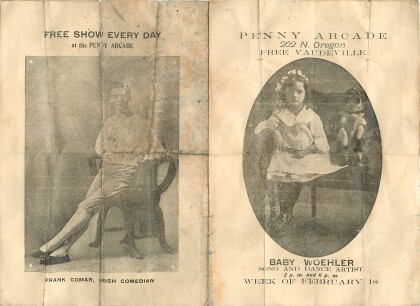
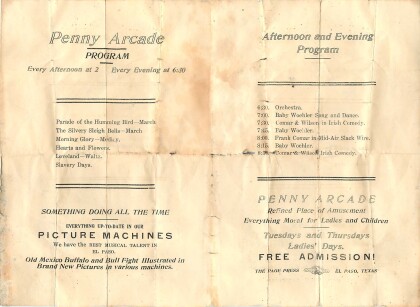
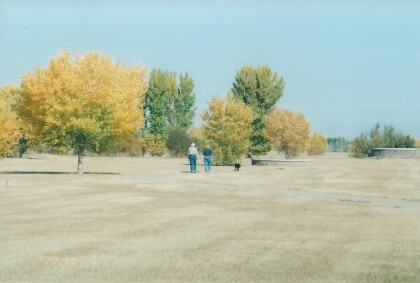
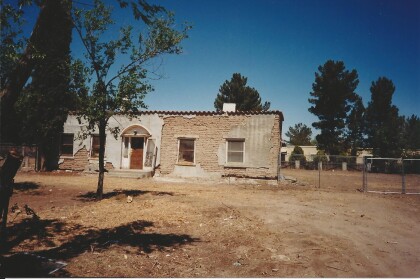
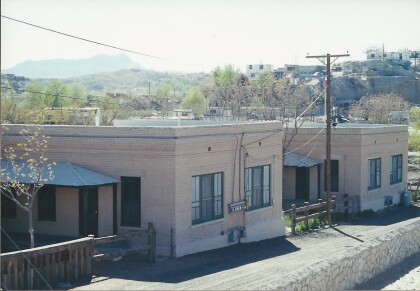
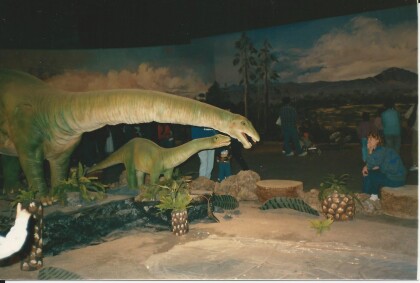
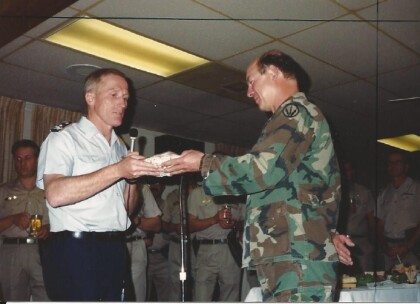
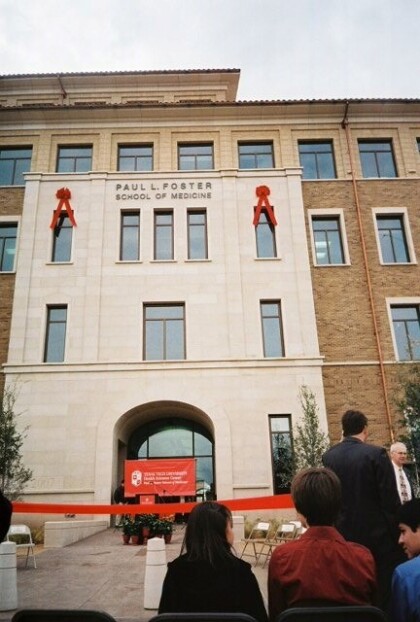

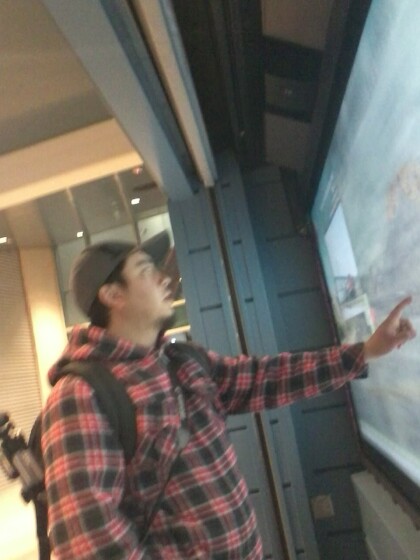
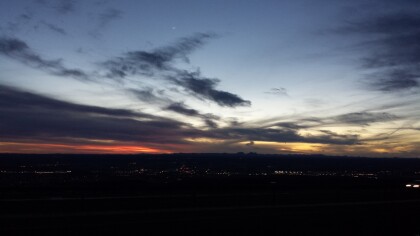

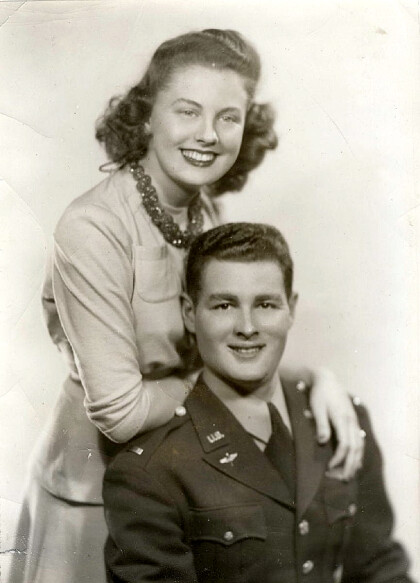

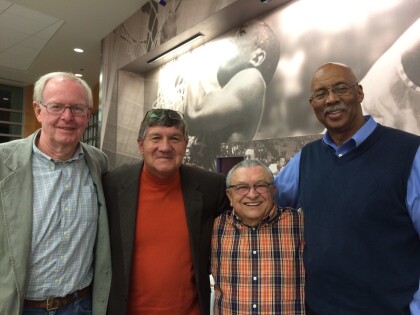
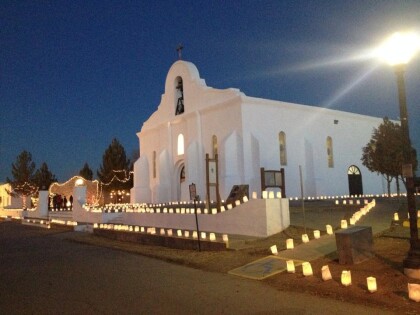
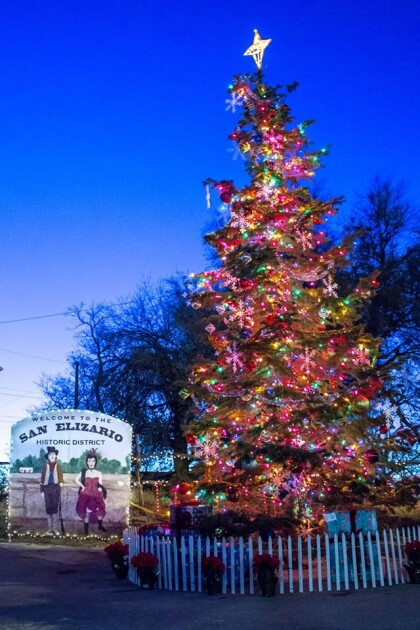
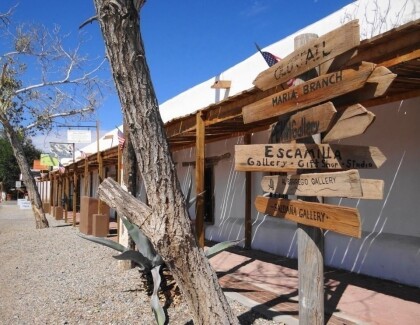
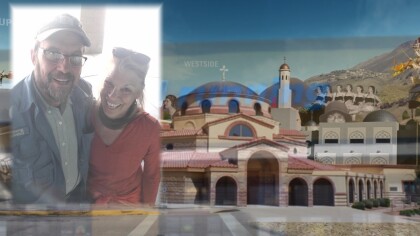
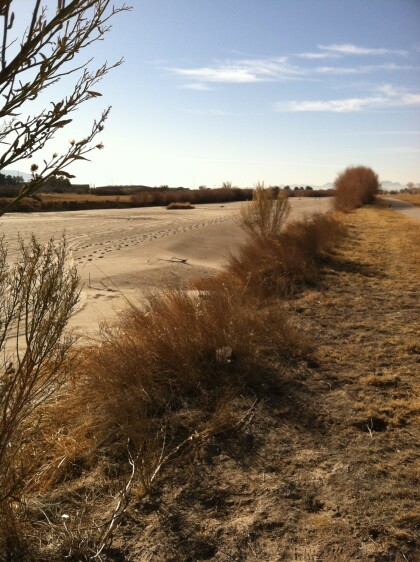
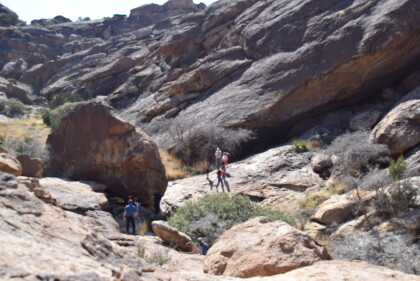
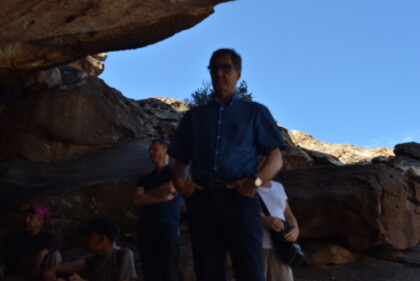
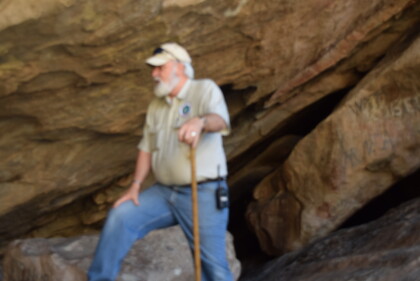
Comentarios
Hacer un comentario